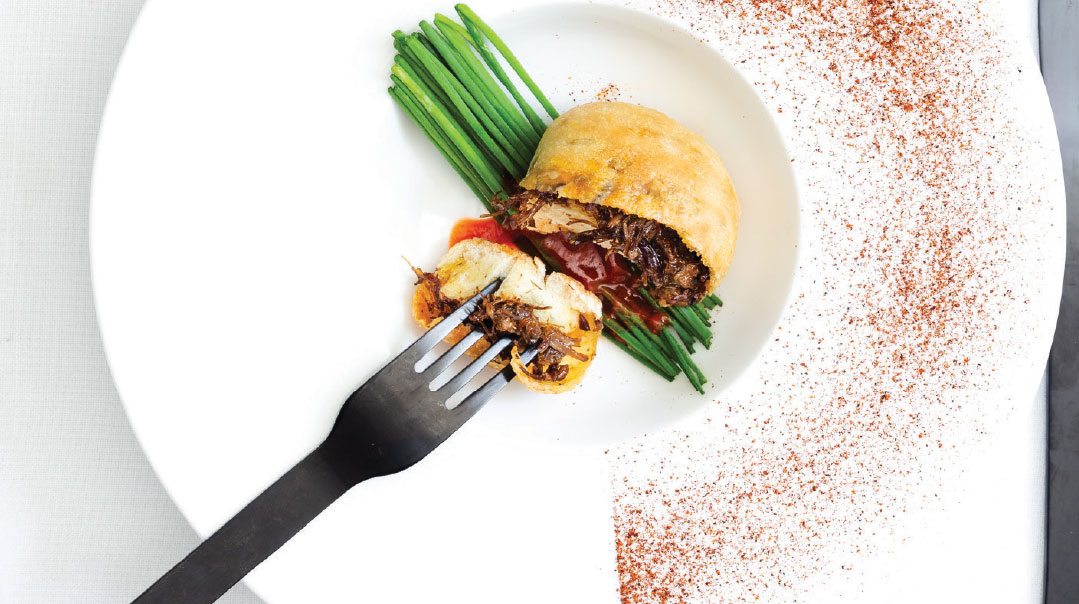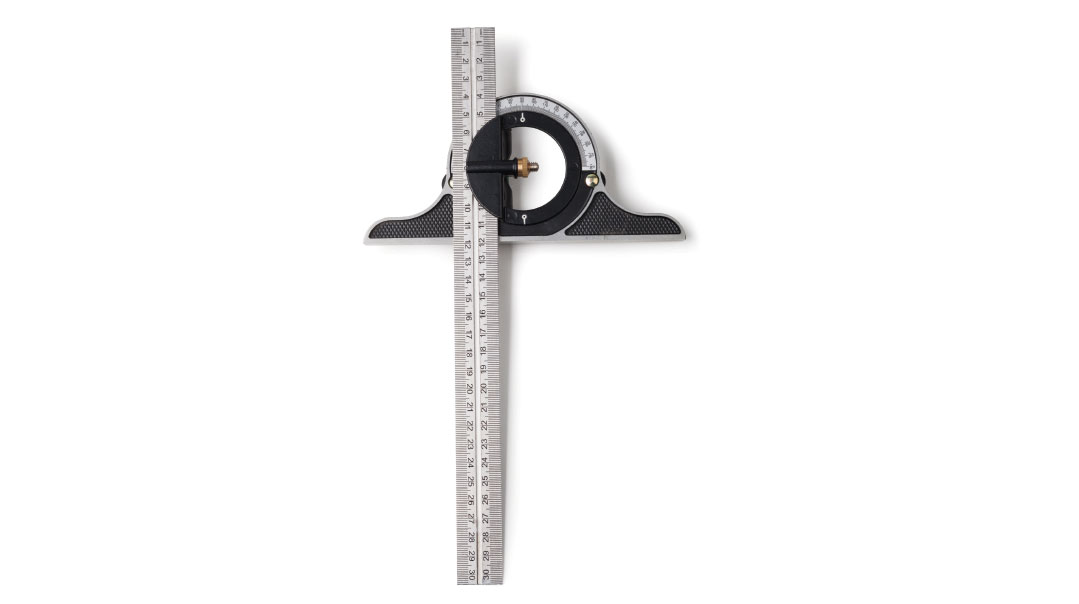We’re Not the KLAL YISRAEL of 2010

It was a story out of one of their children’s books, but it was happening in real time

K

Just over 15 years ago, I started writing for an international frum magazine, meeting Jews, writing about Jews, telling stories to Jews.
It was as “in the cholent” as you could get. I knew the hock and backstory, the magazine having become a clearing house for the accomplishments, heroism, and innovation of the frum world.
But if I got the style of Klal Yisrael, I didn’t get its substance.
That came later, as that first decade of a new millennium neared its end.
My zeide once told me about a great Galicianer Rebbe who had enemies. Before donning his tallis, the Rebbe would swing it around his head with great gusto, giving his rivals an idea. Just before Yom Kippur, someone planted a deck of playing cards in the folds of the Rebbe’s tallis. When he entered the shul for Kol Nidrei, the Rebbe spread out his tallis and started to wave it high… and cards came tumbling out in a humiliating shower.
Nasty trick, that. The einekel of whoever planted those cards likely became a blogger. Back in 2008, blogs were a thing. The bitter guys taking potshots at the rav from the back of the shul had found a new smokescreen, and for a brief period — maybe two years — they were able to do real damage.
I first heard the name Rubashkin from them, a Lubavitcher meat-packer from Iowa arrested, and they said he was guilty, guilty, guilty.
He wasn’t, but I was. Guilty of allowing cynics to cloud my perspective and make my decisions for me.
Yated said it was anti-Semitism and a blood libel and the blogs said it was a genuine crime. I shrugged and felt bad about the family in distress and went on with my day.
The story wasn’t going away. Both sides were growing louder.
Just about ten years ago I flew to Iowa to meet the Rubashkin family in person. It took about five minutes for me to fall in love. Yes, that’s the expression I’m looking for.
I saw ahavas Yisrael, I saw simchas hachayim, and I saw emunah. I saw it the way I saw the knee-high grass out back waving against the clear blue sky.
The sentencing came in June of 2010. I remember where I was that night: after an interview in Williamsburg, at Gottlieb’s restaurant. The news broke in middle of my pastrami sandwich and all of a sudden it was Tishah B’Av.
Twenty-seven years. Twenty-seven years!
I wasn’t the only one unable to eat another bite.
The Klal Yisrael that came alive that night was something I had never before seen. This verdict involved a yachid, a single individual. No one was threatening to harm the Jews and no one was outlawing Shabbos or yeshivos.
You know that popular frum camp activity, silent disco? You must have seen videos: people dance to music heard over individual earphones rather than speakers, so that to the casual observer the room appears to be filled with people dancing — in sync — to nothing.
That’s what Klal Yisrael became. There was no shared music over the loudspeaker, but everyone was in motion at once: tefillah, kabbalos, shtadlanus, bake sales, pushkes. Everyone had their own headphones, dancing in their own style to the same rhythm.
Except for the ones who didn’t hear any music. They just thought it was disturbing.
To me, the Klal Yisrael story of the last decade is the story of Sholom Mordechai ben Rivkah Halevi and the nation that joined forces to bring him home. It was when that entity called Klal Yisrael, with its inherited instincts, rose as one.
Like many parents raising young children over the past ten years, my wife and I raised our kids against the backdrop of this story. Sholom Mordechai’s name was present when my wife lit Shabbos candles, it was there on a slip of paper when we visited mekomos hakedoshim. One of my children was once embarrassed in public and he swallowed hard and davened for Rubashkin; on Motzaei Shabbos, the kids would listen as I read the weekly email describing Sholom Mordechai’s “uplifting Shabbos,” his joy at how, baruch Hashem, “the guards let me sing zemiros” or, “there was no minyan for Maariv, but we all said Shema together out loud with as much chiyus as we could. I closed my eyes and pretended I was in shul with all of you.”
It was a story out of one of their children’s books, but it was happening in real time.
It started on blogs and ended in an explosion of images dancing on the filtered phones of Klal Yisrael.
December 20, 2017. The last few minutes of Chanukah. First the breaking news, then the video of Sholom Mordechai leaving jail in that confounding scarf, then the clip of the Shehechiyanu in Monsey, the reunion with his mother, his return to 770…. and then it all blurred into one long livestream and everyone moved on.
To me, it’s the story of a decade in which we used emerging technology — online petitions gathering tens of thousands of signatures in hours — and real-time news releases to stay updated.
Ultimately, ironically, beautifully, happily, the ending came through the oldest method in the world. It wasn’t the legal funds or advocacy or petitions that brought him home, it turned out, but the prayers.
Is there a more Klal Yisrael’dig ending than that?
(Originally featured in Mishpacha, Issue 790)
Oops! We could not locate your form.













